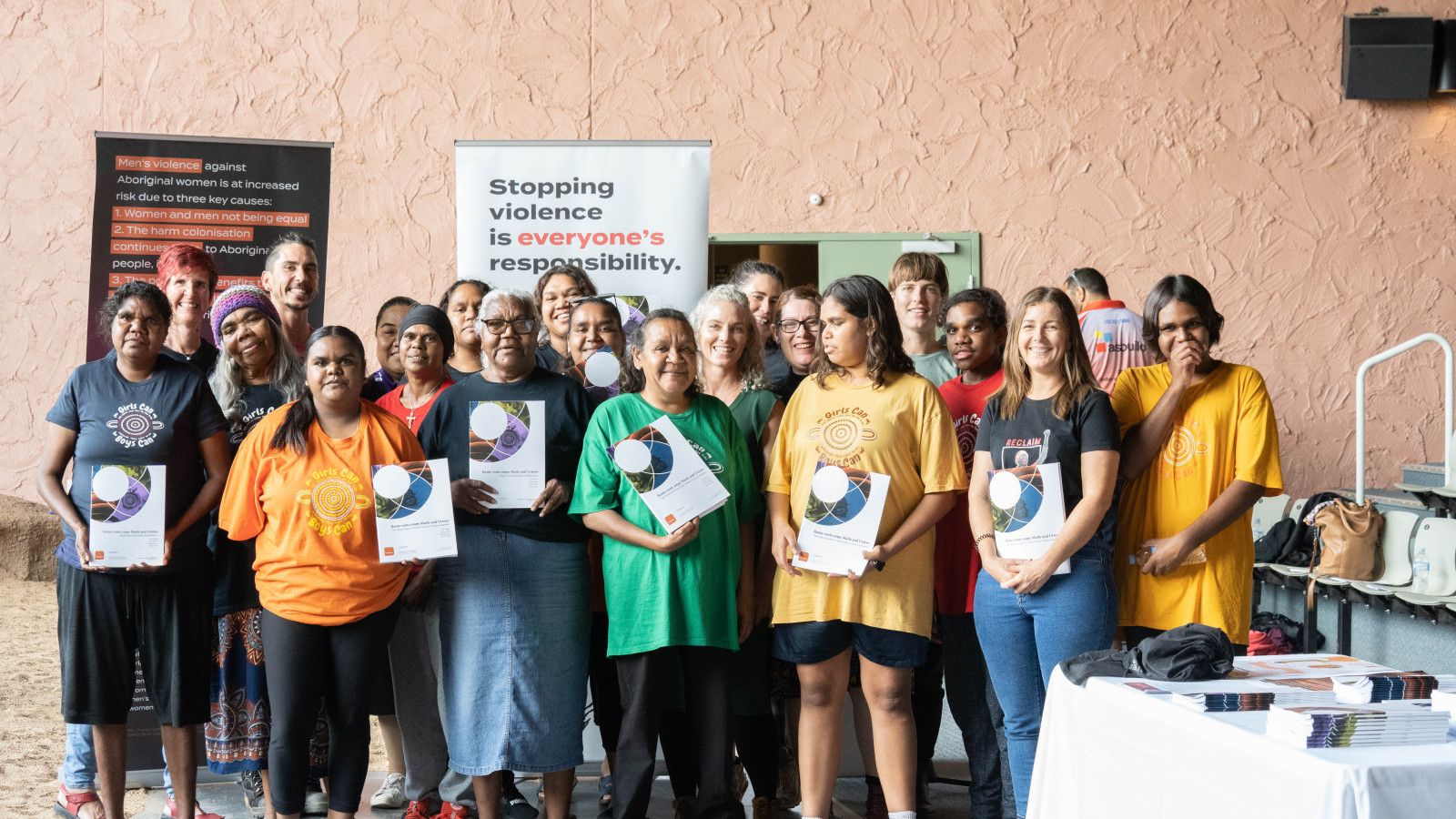The rate of women killed by their partners in Australia grew by 28% from 2021–22 to 2022–23, according to new statistics released today by the Australian Institute of Criminology (AIC).
There were 34 women killed in intimate partner incidents in the financial year 2022–23, which is the equivalent of 0.32 per 100,000 people. The year before, the rate was 0.25 such homicides per 100,000.
Historically, the rate of women killed by their partners has been on the decline since the late 1980s and early 1990s. It has decreased by 66% over the past 34 years, according to the AIC.
However, the uptick in the homicide rate last year – coupled with the sharp rise in women killed in the first four months of 2024 – are cause for mounting concern for all Australians.

Historically low overall homicide rate
The AIC released two reports on statistics emerging from its National Homicide Monitoring Program, a database that has been in operation since July 1989.
The institute reports 232 overall homicide incidents were recorded by Australian state and territory police between July 1 2022 and June 30 2023, which resulted in 247 homicide victims.
The Australian homicide rate (0.87 deaths per year per 100,000 population) remains historically low. There has been a 52% reduction in homicide incidents since 1989‒90, indicative of a long-term downward trend in unlawful killings.
The report reveals police, prosecutors and courts are doing a good job, with 90% of cases being resolved through the justice system. That is, only 10% of homicide incidents in 2022‒23 were not “cleared,” meaning cases where an offender has yet to be identified, a suspect has not yet been charged, or a person is declared missing and police believe it’s linked to foul play.
A closer look at the figures
There are important features of the latest data that require further examination.
First, there is a significant gender disparity: in 2022-23, 87% of homicide offenders were male, while 69% of homicide victims were male. Predominantly, men are killing men.
And while men were most likely to be killed by a friend, acquaintance or some other person who was not a family member, women were more likely to be killed by a former or current partner (49% of all victims).
There is also a massive First Nations disparity in terms of victims and offenders.
Forty-nine of the homicide victims in Australia identified as First Nations (35 men and 14 women) – that is, 20% of victims.
The homicide victimisation rate of Indigenous men was more than seven times higher than non-Indigenous men at 7.65 per 100,000 people, compared to just 1.04 per 100,000. The disparity does not change with gender. The homicide rate was 3.07 per 100,000 for Indigenous women, compared with 0.45 per 100,000 for non-Indigenous women.
Of the 260 homicide offenders in 2022–23, 28% identified as First Nations.
These statistics merit repeating. First Nations people (3.8% of the population) comprised 20% of victims and 28% of perpetrators in homicide cases. That is an unacceptable state of affairs, which should be causing policymakers enormous concern.
Also noteworthy was that the recent rise in the homicide rate is mirrored in the domestic and family violence data found in police reports.
The number of people reporting sexual assaults has continued to increase over the past five years. According to the 2024 report of the Productivity Commission, the rate of victimisation in sexual crimes in 2022 was 124 per 100,000 population. In 2016, the rate was 95 per 100,000.
Why statistics require the right interpretation
From a criminologist’s perspective, there are a few things to bear in mind when considering these statistics.
The first is that interpretations of official crime data always require caution. There are various reasons for this:
- much (if not most) crime is not reported to police or discovered by police
- there are biases in the criminal justice system (especially when it comes to police discretion)
- definitions of crime and counting rules and methods will differ according to jurisdiction
- the data are usually generalised across state and territory jurisdictions, rather than presented as pertaining to specific cities, towns and regions.
Moreover, long-term trends are often ignored in the rush to analyse short-term crime rate fluctuations.
Having said that, homicide figures are usually the most accurate when tracking crime trends, given the obvious nature of the crime. So, making policy based on these data should be easier, one would think.
But this is not always the case. We need to bear in mind the impact of the institutional responses we are likely to offer when interpreting the data.
For example, how do we reduce or eliminate the seemingly unrelenting number of murders perpetrated by men against their intimate partners? How do we reduce or eliminate the massive disparity of violence affecting some Indigenous communities? One might think the best response is to arrest more people and lock more people up for longer.
Such an approach should, however, be a last resort. We need to recognise that every dollar spent in criminal justice services is a dollar that’s not spent on women’s shelters, education programs for young men on the importance of respect for women, and programs to improve the living standards and educational and employment opportunities for those who identify as First Nations. That’s where our dollars ought to be spent.
A decade ago, the American criminologist Elliott Currie talked about the importance of allocating resources designed to bring about what he referred to as “transformative intervention.” This involves:
helping people to move beyond the individualistic, often exploitative, often uncaring cultural orientations […] and to begin to relate differently to themselves, to those around them, and to the larger community (and the planet): to nurture alternative ways of looking at the world and their place in it that […] will be less violent, less predatory and less exploitative.
Such a transformation is something we need to take into account here in Australia as a matter of priority.

